Customer Touchpoint

Expert Writer
November 11, 2025

Expert Writer
November 11, 2025
A customer touchpoint may seem simple on paper, but it carries real weight in practice. Every touchpoint is a moment of truth in the customer journey, shaping expectations, emotion, and memory. The more intentional a touchpoint becomes, the better the odds that the next touchpoint will move the user closer to a decision.
A customer touchpoint in marketing refers to any point of contact between a person and a brand – whether online, offline, or a combination of both. A touchpoint can be an ad, a product page, a support chat, a store display, or a post-purchase email. The meaning of a customer touchpoint extends across the entire buyer’s journey, from initial exposure to a logo to the renewal prompt a year later. Some teams refer to the same idea as a point of contact or brand interaction. The key idea is that a customer touchpoint is not only a place or a message – it’s an interaction that sets expectations and influences what happens next.
Why does a single touchpoint matter so much? Because customer touchpoints accumulate into an experience. One slow mobile page, one confusing checkout process, or one empathetic support reply can sway the entire decision. When leaders ask about customer touchpoints, they are really inquiring about where the brand interacts with real people and how each interaction feels.
When viewed together, customer touchpoints paint a vivid picture of the customer experience (CX). Each touchpoint sets an expectation for the next one. If the brand’s promise in an ad does not match the experience on the product page, the touchpoint breaks trust. If a purchase touchpoint is smooth and transparent, the next touchpoint – delivery confirmation or onboarding – starts from a positive baseline.
Managing each customer touchpoint improves customer satisfaction and lowers churn. Well-designed touchpoints create a consistent story across channels, which strengthens brand perception, powers customer loyalty, and supports customer retention over time. Teams use touchpoint analysis to identify gaps, reduce friction, and align messaging, ensuring that a touchpoint on social media does not contradict a touchpoint in the app or at the store. Consistency across customer touchpoints builds credibility and encourages people to take the following action.
Customer touchpoints span the full customer lifecycle and the sales funnel. The easiest way to see them clearly is to map every touchpoint on a customer journey map and then evaluate how each touchpoint helps or hurts the next step.
A pre-purchase customer touchpoint covers awareness and consideration. Common touchpoints include paid advertising, search results, blog posts, tutorials, PR mentions, influencer content, app store listings, and word of mouth. A review on a comparison site is a touchpoint. A TikTok video is a touchpoint. Even a shipping policy snippet can be a quiet touchpoint that eases anxiety. Each customer touchpoint here should clarify value, explain the problem space, and make the next touchpoint obvious.
This is where a customer touchpoint directly affects conversion. Typical touchpoints are product pages, pricing tables, free trial screens, in-store demo counters, sales calls, cart and checkout, payment systems, and consent prompts. A laggy page is a bad touchpoint; a transparent price calculator is great. When teams align copy, UX, and legal across customer touchpoints, they reduce drop-off and make decisions feel safe.
After the sale, a customer's touchpoint shapes their memory and relationship. Touchpoints include onboarding flows, welcome emails, in-app tips, usage nudges, feature announcements, loyalty programs, support channels, community forums, and feedback surveys. A helpful tutorial is a high-leverage touchpoint, and clear returns handling is a reassuring touchpoint. Post-purchase customer touchpoints set the tone for future purchase frequency and lifetime value.
Below are examples across stages. Use them to audit your own customer touchpoints.
A search snippet that answers intent is a quiet but powerful touchpoint. Title, meta description, and structured data set expectations for the next touchpoint — the landing page. If the promise aligns with the content, the touchpoint establishes trust early.
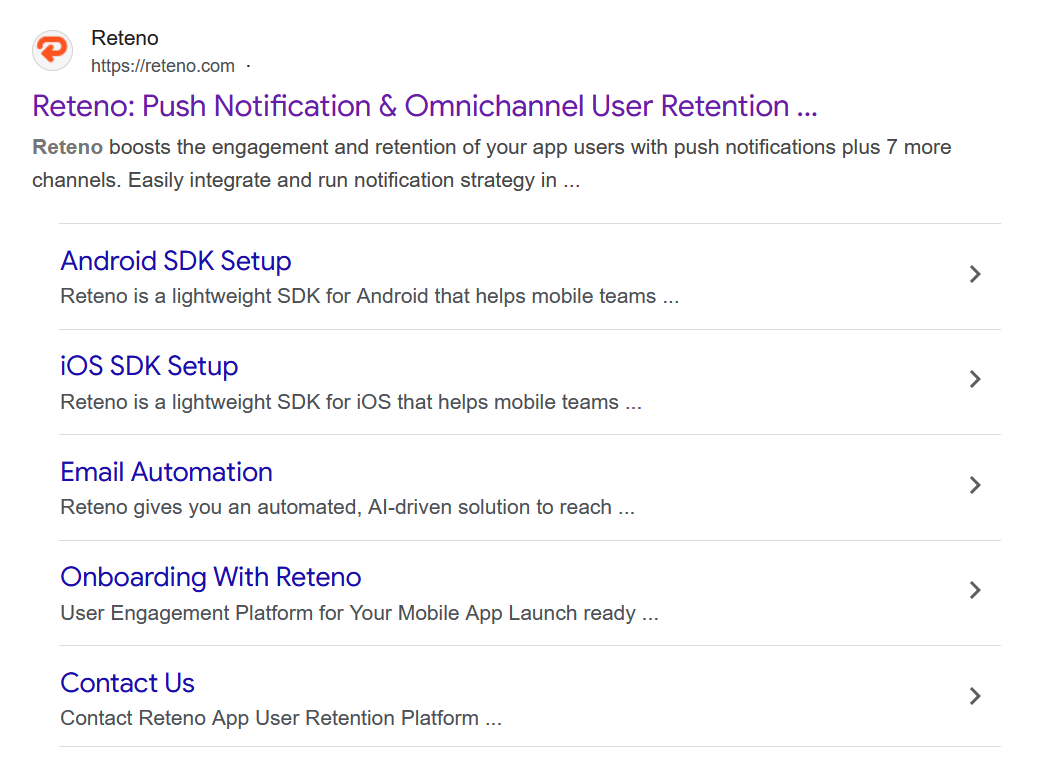
For many audiences, a short clip or carousel serves as the first customer touchpoint. Relevance, creative clarity, and a simple call to action make the touchpoint effective, helping the subsequent touchpoint — the product page — convert.
The listing is a high-stakes touchpoint for mobile businesses: screenshots, ratings, and recent reviews. Updating creatives and responding to feedback keeps this touchpoint fresh and prepares a smoother install touchpoint.
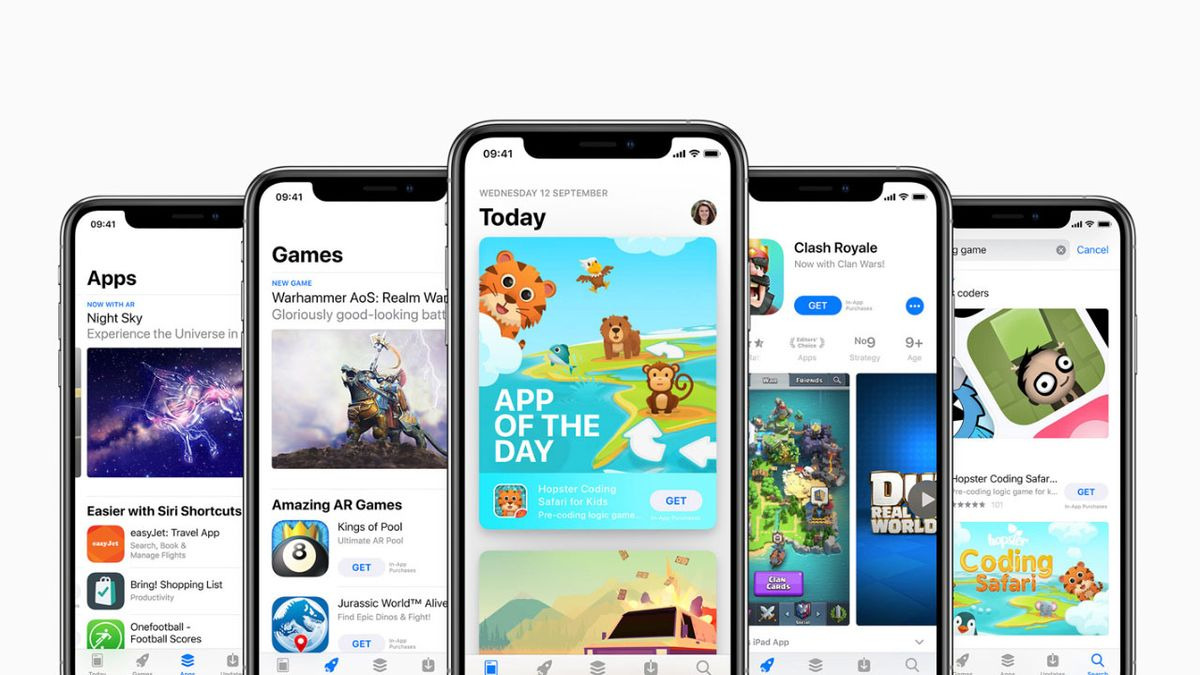
The homepage is often the second customer touchpoint after a search or ad. Clear value prop, scannable sections, and fast performance make the touchpoint helpful. Navigation should lead to the next touchpoint without friction.

Specs, images, and social proof turn curiosity into intent. This touchpoint must load quickly, answer objections, and lead to an add-to-cart touchpoint. For SaaS, the comparable touchpoint is a features page with crisp comparison tables.
Transparency converts. A clean layout, currency clarity, and no hidden fees define this touchpoint. It should connect to the checkout touchpoint smoothly and reassure buyers with guarantees or trials.

Address forms, payment options, and consent language live here. Every field is a micro-touchpoint. Autofill, error messaging, and wallet options turn a risky touchpoint into a seamless one.
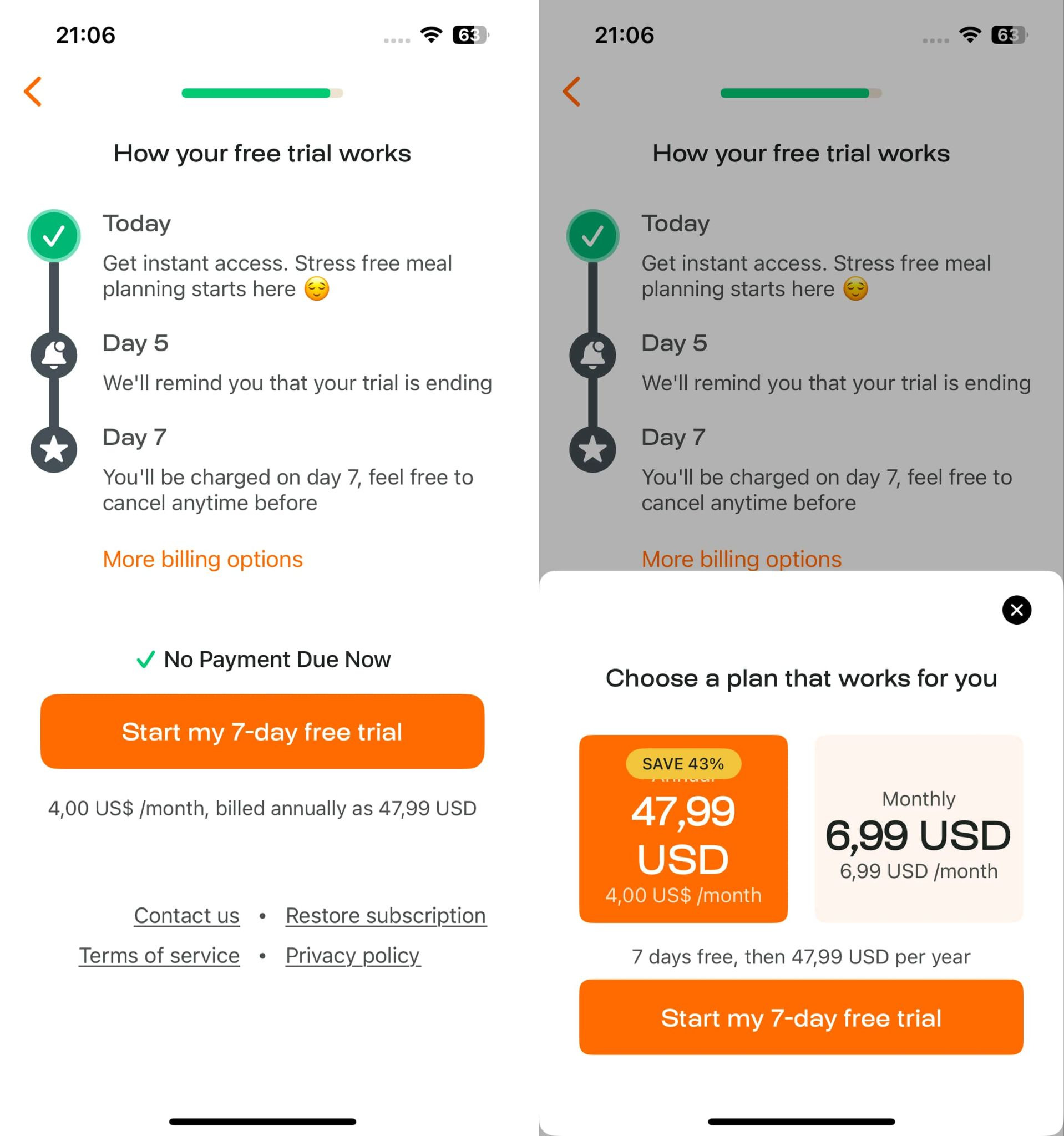
This customer touchpoint closes the loop. Confirmation emails, push notifications, or on-screen receipts should summarize next steps and link to the tracking or onboarding touchpoint. The tone of this touchpoint carries forward.
A short series can turn first-time users into active customers. Each email is a touchpoint that nudges the next touchpoint – login, profile setup, or first use – with clear benefits and one focused action.

Tooltips, checklists, and sample data are hands-on touchpoints inside the product. The best pattern is progressive disclosure, so the touchpoint never overwhelms. Success here unlocks a habit-forming touchpoint – the “aha” moment.
Mobile push is a sharp touchpoint. It must be timely, relevant, and respectful of attention. Deep links turn the touchpoint into immediate value by landing users inside the exact screen they need.

Live chat or a messaging widget is a vulnerable touchpoint where emotions run high. Fast triage, empathy, and clear resolution transform a risky touchpoint into a loyalty-building one.
Self-service content is a compounding customer touchpoint. Searchable, updated docs reduce support load and set up the next touchpoint – successful task completion – without human intervention.
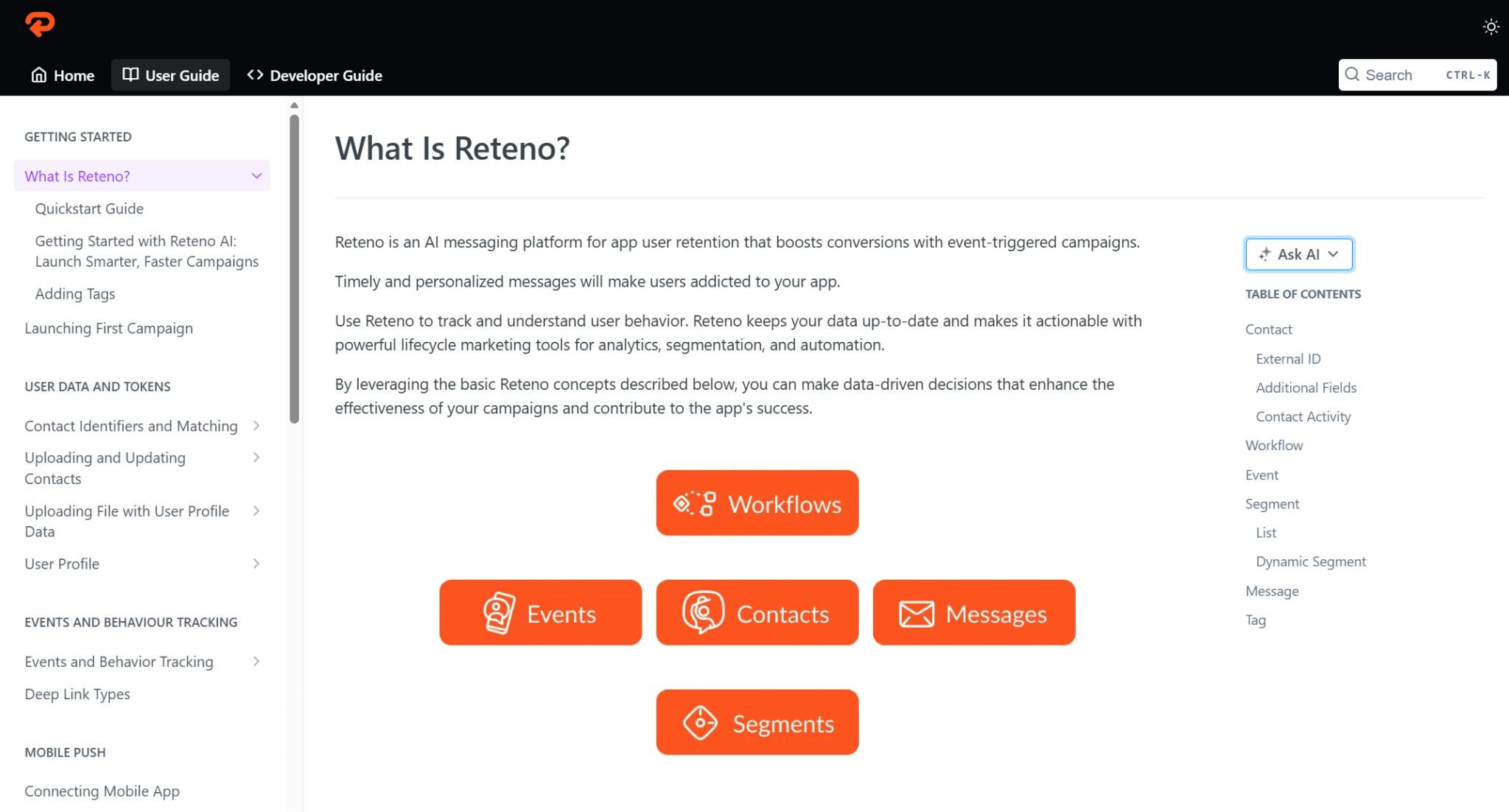
Points, perks, or VIP tiers become ongoing touchpoints that reward behavior. Make the earning logic transparent so the touchpoint motivates repeat actions rather than confuses them.
Forums, Discord, or meetups unite people around the product. Moderation and meaningful prompts keep this touchpoint constructive. It also seeds advocacy, turning the touchpoint into a referral engine.
A one-minute survey is a feedback touchpoint. Ask about effort or satisfaction and route insights back to the team. Closing the loop – telling customers what changed – makes the touchpoint feel heard.
Improvement starts with seeing. Catalog every customer touchpoint, visualize them as customer journey touchpoints, and then test changes that reduce friction and amplify value at each point of contact.
List the stages – awareness, consideration, decision, and loyalty – and capture every customer touchpoint at each stage. Use analytics, recordings, and interviews to verify that each touchpoint is tangible, not assumed. Build a customer journey map, then annotate where the touchpoints are strong, where the touchpoints are weak, and where no touchpoint exists. Include cross-channel interactions, such as QR codes, that drive traffic from a physical to a digital touchpoint. As you document these interactions, capture who initiates, who follows up, and how the baton is passed. This reveals handoffs that break – for example, a coupon shown in an ad that fails at checkout – and highlights the customer journey touchpoints that deserve immediate attention.
When prioritizing fixes, consider volume and impact. A high-traffic touchpoint with slight friction can outperform a total redesign of a rarely seen touchpoint. Also, track ownership: some touchpoints belong to growth, some to product, and some to support. Shared dashboards help everyone see the same journey.
Start with high-traffic, high-leverage areas: product page, pricing, checkout, and support touchpoints. Remove friction – faster loads, fewer fields, clearer microcopy. Align visuals and tone so that each touchpoint reinforces the same promise. Personalize when it helps: behavior-based emails, dynamic product blocks, and tailored in-app messages make a touchpoint feel relevant. Measure change with experiments and marketing attribution so the team sees which touchpoint moves the needle.
Defend consistency across devices. A person might bounce from a physical store touchpoint to a digital touchpoint, and back. If the price, promotion, or message changes unpredictably, the touchpoint degrades trust. The fix is simple, but not easy – shared source-of-truth content, synchronized offers, and alerting when a touchpoint falls out of date.
Think about recovery, not perfection. Even great teams sometimes create flawed touchpoints. What matters is a quick apology, a proactive explanation, and a next step that restores momentum. Recovery moments convert frustration into loyalty because the touchpoint shows care.
Reteno helps teams design, automate, and personalize every mobile customer touchpoint across the omnichannel journey. It fits cleanly into app-marketing workflows and supports attribution handoffs between channels. The platform brings push, SMS, In-App, and email into one place so each touchpoint stays consistent as users move.

Segmentation and data collection make touchpoints smarter over time. Automation turns intent signals into the right message at the right moment.
Personalization engines and dynamic recommendations adapt fitness touchpoints — like a missed-workout nudge or a plan-adjustment suggestion — to each person. Event and behavior tracking adds context (e.g., workout type completed, streak status, class bookings), which powers lifecycle programs and churn prediction. With visual workflows, marketers can chain touchpoints without code; for example, completing a beginner workout can surface an in-app tip for the following routine, and if it’s ignored, schedule a gentle push to keep the streak going.
Analytics close the loop. Teams see which message, channel, and timing perform best and where drop-offs occur. Segment-level dashboards reveal what works for newcomers versus power users, guiding targeted improvements.
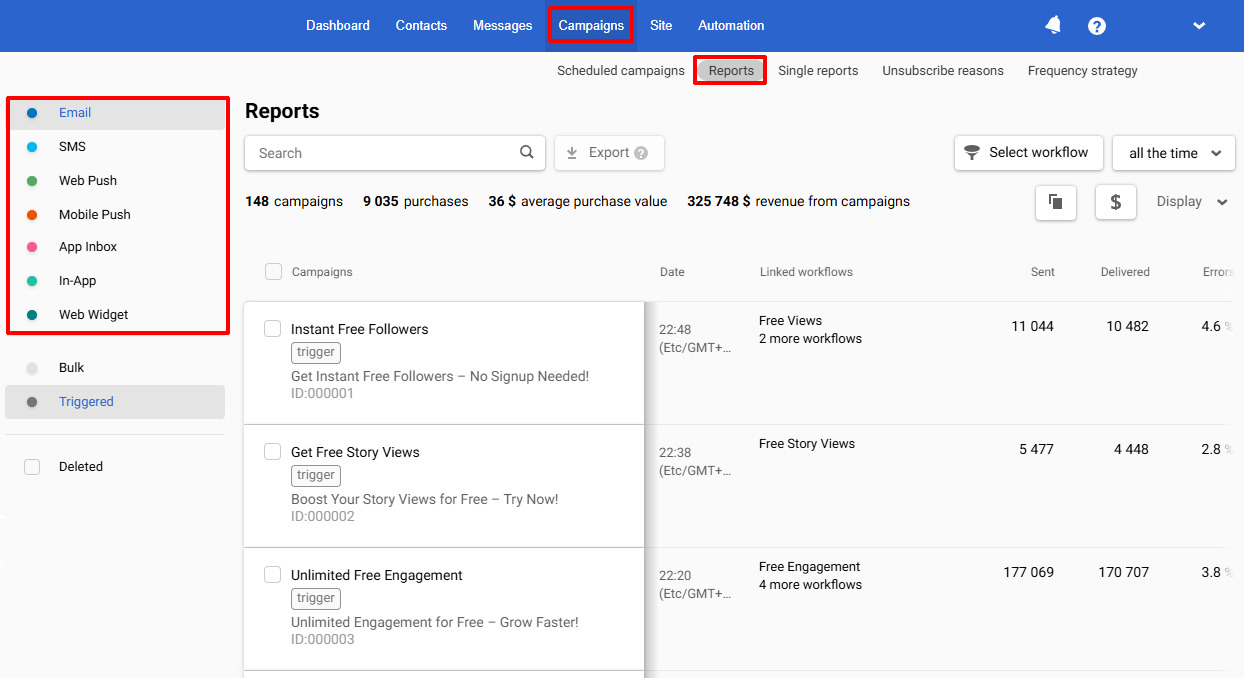
The outcome is a consistent, helpful sequence of fitness touchpoints that lifts engagement, plan adherence, and lifetime value.
Every touchpoint is where the relationship becomes tangible. Get one right, and the next comes easier. Design with empathy, consistency, and data so trust compounds over time.

